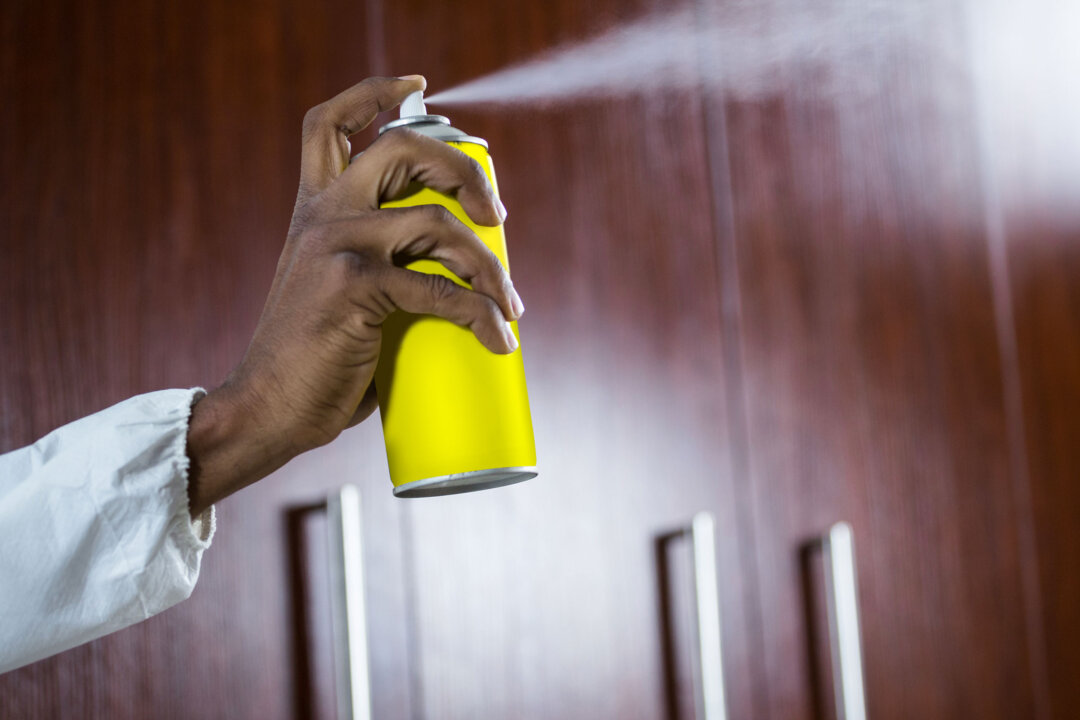As homeowners gear up for summer renovation and repair projects, stocking up on paint, pesticides, and solvents, a new study suggests such activities could jeopardize neurological health. University of Michigan researchers found a link between exposure to commonly used household chemicals and increased risk of developing the always-fatal disease amyotrophic lateral sclerosis (ALS), also known as motor neurone disease or Lou Gehrig’s disease in the United States. It’s a buildup of these exposures over time, dubbed the “ALS exposome,” that appears to be the culprit—potentially stemming from pastimes like woodworking and gardening.
However, ALS has no confirmed cause. In ALS, motor nerve cells called neurons die, meaning they cease to send messages to muscles. This process eventually leads to muscle weakening, twitching, and a gradual inability to move the body.

The condition is progressive, and life expectancy for those diagnosed varies widely—from two to 10 years or longer. There is no cure, but there are two drugs available to help slow symptom progression and possibly extend patients’ lives slightly: riluzole and edaravone. Most study participants stored several of these items in an attached garage.
However, those who reported storing the chemicals in a detached garage didn’t show as strong an association with increased ALS risk. The researchers believe the flow of air and airborne pollutants from attached garages into living spaces could explain this finding.
















